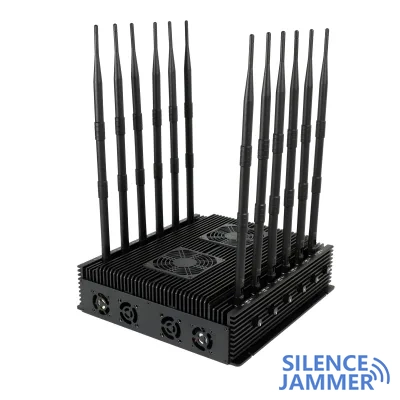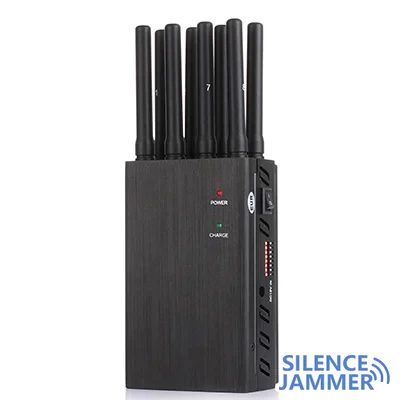As the importance of the Global Positioning System (GPS) in both civilian and military fields continues to increase, the threat of malicious interference and signal shielding has also increased. These interferences may not only cause navigation errors, but also affect the normal operation of precision-guided weapons and critical infrastructure. To meet this challenge, oneNav, a California startup, has proposed an unconventional solution: accelerate the deployment and utilization of the latest L5 signal to enhance the anti-interference capabilities of the GPS system.

Technical advantages of the L5 signal
L5 is the latest civilian signal of the global positioning system, designed to operate in the aviation safety band and complement the existing L1 and L2 frequencies. Compared with traditional signals, L5 has stronger anti-interference capabilities, which makes it particularly important in the current increasingly complex electromagnetic environment. The "L5 Direct" receiver developed by oneNav can directly acquire L5 signals without first locking onto the older L1 signal, making it excellent in dealing with interference.
Application and Challenges of L5 Signals
Despite the significant advantages of L5 signals in terms of anti-interference and accuracy, its application has not yet been widespread. Currently, only 17 of the 31 GPS satellites in orbit around the world can broadcast L5 signals, and it is expected that 24 satellites will fully broadcast L5 signals by 2027. The delay in this process is mainly limited by the implementation progress of the GPS modernization plan and the slow deployment of the next-generation GPS Operation Control System (OCX). In addition, most existing GPS receivers are not yet equipped to receive L5 signals, further limiting their popularity.

Despite many challenges, oneNav's L5 Direct receiver still demonstrates great market potential. The company has demonstrated the anti-interference advantages of L5 signals through tests conducted in areas with severe interference, attracting many potential customers including the US military and intelligence community. Especially in military applications, L5 receivers can be used in drones, precision-guided weapons, mobile radios, and troop trackers to enhance the survivability of these devices in complex environments.
The double-edged sword of signal jammer devices
It is worth noting that although L5 signals perform well in countering interference, they may also be affected by signal jammer devices. Signal jammer devices are widely used devices in various occasions to block radio waves in a specific frequency band to prevent information leakage or device abuse. However, over-reliance on signal jammer blockers may lead to accidental blocking of L5 signals and affect their normal operation. Therefore, how to ensure the normal operation of L5 signals while ensuring information security remains an urgent problem to be solved.

In the face of the vulnerability of GPS signals and the growing threat of interference, it is particularly important to accelerate the deployment and application of L5 signals. Although the global penetration rate is slow at present, with the continuous advancement of technology and the increase in market demand, L5 signals will gradually become an important part of the GPS system in the next few years. oneNav's innovative receiver is expected to play a key role in this process and provide new guarantees for the security and reliability of the global positioning system.




